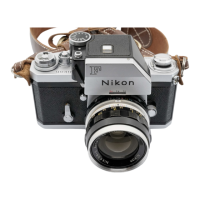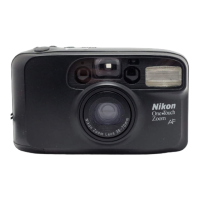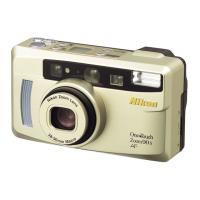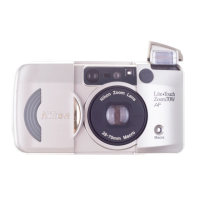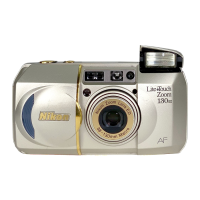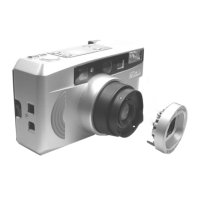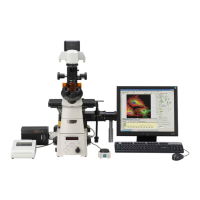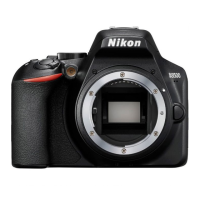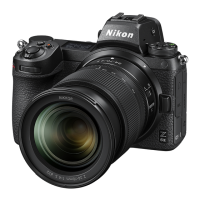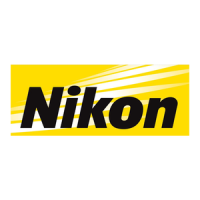
Do you have a question about the Nikon TIRF and is the answer not in the manual?
| Brand | Nikon |
|---|---|
| Model | TIRF |
| Category | Digital Camera |
| Language | English |
Explains the meaning and significance of WARNING and CAUTION symbols used in the manual.
Details the meaning of a specific symbol indicating laser danger on the equipment.
Details laser safety standards and compliance for the system.
Emphasizes the mandatory use of the eyepiece shutter to prevent eye injury.
Identifies areas where laser beams are emitted and warns against looking directly at them.
Lists essential checks to perform before activating the laser system.
Reiterates the danger of looking into the laser beam and avoiding reflective surfaces.
Prohibits disassembling the system due to electric shock and laser hazards.
Details specifications for the AC adapter and power cords for safe operation.
Precautions regarding moisture to prevent short circuits and malfunctions.
Provides guidelines for careful handling of the precision optical instrument.
Specifies environmental and physical conditions for safe system installation.
Overview of the components that make up the TIRF system.
Diagram illustrating the light path for TIRF microscopy operations.
Description of the TIRF attachment's role and components.
Diagram illustrating the light path for TIRF microscopy operations.
Description of the TIRF attachment's role and components.
Explanation of how to adjust the laser beam position for proper illumination.
How to adjust the field diaphragm for illumination area control.
How to adjust the focal point for optimal laser beam performance.
Details the specimen cover's filter function and usage.
Explanation of the TIRF cassette holder and its function.
Function of the shutter lever for interrupting the laser beam.
Details about the laser unit(s) used in the system.
How to use the slider to change laser intensity using ND filters.
A critical caution label regarding removing covers and potential laser exposure.
Information on the shutter control unit for managing laser shutters.
How to turn the unit on/off and interpret power status indicators.
Connects the microscope-mounted eyepiece shutter.
Interface for PC control of the shutter system.
How to program motorized shutters for timed operation.
Details the function and importance of the eyepiece shutter for laser safety.
Initial steps to get the laser system ready for operation.
Step-by-step guide to turn on and stabilize the argon laser.
Guide to turning on and stabilizing the He-Ne laser.
Instructions for powering up the Solid-State laser.
Detailed steps for performing TIRF microscopy.
How to achieve focus using the epi-fl attachment before TIRF.
Detailed steps for performing TIRF microscopy.
Steps for safely powering down the entire system.
Using Epi-fl for simple surface reflection interference observations.
How to adjust aperture and field diaphragm for optimal viewing.
Step-by-step guide for replacing the halogen lamp.
How to replace objectives and filter blocks.
Instructions for cleaning the lens section of optical components.
How to control the system via PC using RS-232C interface.
Specification of the D-sub 9-pin serial interface connector.
Defines the data format for commands and responses.
Structure of commands sent to the system.
Structure of responses received from the system.
List and explanation of error codes for troubleshooting.
Detailed list of commands for controlling shutter operations.
Addresses problems causing dark TIRF images.
Provides solutions for TIRF images with poor contrast.
Lists the types of lasers compatible with the system.
Lists product safety certifications and compliance standards.
Laser product safety classifications and standards.
FCC and Canadian EMI regulations compliance.

